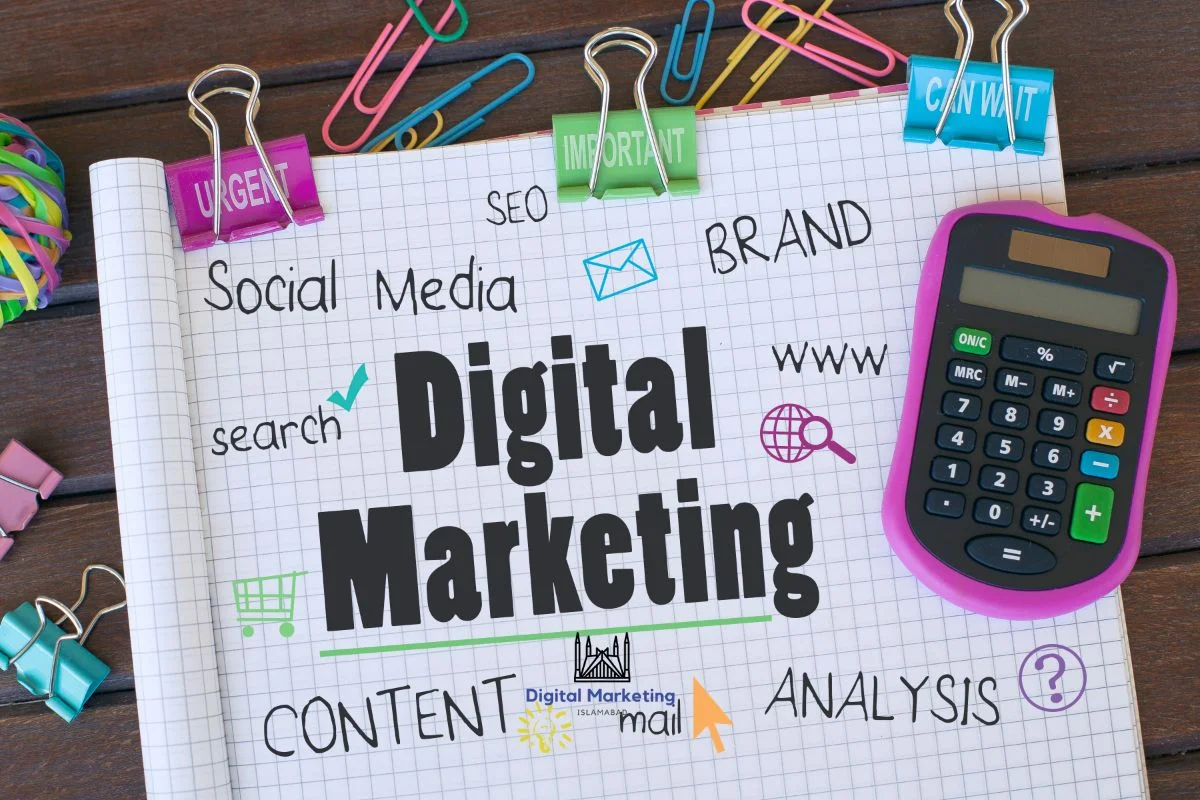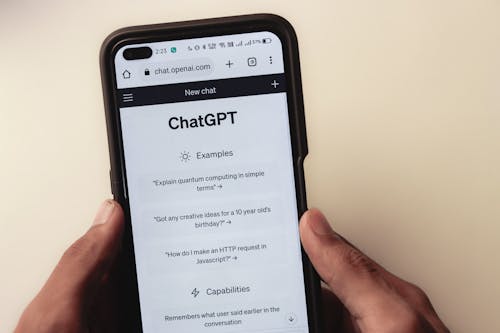How AI is Transforming Advertising in Personalization
Explore how AI is revolutionizing advertising with hyper-personalized experiences, real-time audience insights, and data-driven strategies that boost engagement and drive smarter marketing decisions. Explore how AI is revolutionizing advertising with hyper-personalized experiences, real-time audience insights, and data-driven strategies that boost engagement and drive smarter marketing decisions.
Personalization has emerged as a main hub for effective advertising in the fast-paced digital era. Consumers now expect brands to understand their preferences, behaviors, and needs, delivering content that resonates on a personal level. Enter Artificial Intelligence (AI), a transformative force reshaping the advertising landscape by enabling deep, real-time personalization at scale.

From machine learning algorithms that predict consumer behavior to natural language processing tools that fine-tune ad messaging, AI is powering a new era of advertising precision and relevance. This article examines how AI is revolutionizing personalized advertising, the technologies driving this transformation, and what the future holds for both marketers and consumers.
The Rise of Personalization in Advertising

Traditional advertising methods such as TV spots, billboards, and radio ads operated on a one-size-fits-all model. While effective in reaching broad audiences, these methods lacked the nuance needed to engage individuals due to the rising expenditure. With the rise of digital platforms, brands began collecting vast amounts of consumer data, laying the groundwork for personalized marketing in a short span of time.
Personalization initially involved simple tactics: inserting a customer’s name in an email or recommending products based on previous purchases. But as consumer expectations grew, so did the demand for more tailored experiences. AI is stepping in to meet this demand, making personalization more intelligent, dynamic, and impactful. This saves time from traditional market research methods and allows consumers to access various online portals to discuss suggestions to improve the products/services of the brand.
How AI Powers Personalized Advertising
With the rising access of using AI methods in advertising and personalization, marketers are using different ways to use AI in advertising their products or services offered.
Below are six different ways how AI faciliates customized advertising:
1. Audience Segmentation and Targeting
AI can analyze massive datasets to find patterns and segment audiences with great accuracy. Unlike traditional segmentation methods, AI enables behavioral, psychographic, and contextual targeting. It factors in browsing history, purchase behavior, location, and even sentiment to create granular audience profiles.
This level of insight allows advertisers to serve hyper-relevant ads to micro-segments of users, improving engagement and reducing ad fatigue. For instance, a sportswear brand can use AI to target fitness enthusiasts with workout gear ads during their preferred time of day and on the platforms they frequent most.
2. Predictive Analytics
Predictive analytics is a powerful AI capability that forecasts future consumer behavior based on past interactions. By analyzing user data, AI can predict what products or services a person is mostly interested in, when they are likely to buy, and what kind of message will resonate best.
This helps marketers not only target the right audience but also customize the duration and content of their campaigns. Netflix and Amazon are prime examples, both use AI to recommend content and products tailored to individual preferences, increasing retention and sales.
3. Dynamic Creative Optimization (DCO)
AI-driven Dynamic Creative Optimization enables real-time customization of ads based on user data. With DCO, an ad’s images, headlines, calls to action, and offers can change dynamically to suit each viewer.
For example, a travel agency can show one user a tropical beach vacation package while displaying a mountain hiking tour to another, based on their past searches, social media activity, or previous bookings. This not only increases click-through rates but also drives higher conversion by aligning content with consumer intent.
4. Chatbots and Conversational AI
AI-powered chatbots are revolutionizing customer interaction in advertising. These virtual assistants provide personalized recommendations, answer queries, and guide users through the buyer journey—all in real time.
Conversational AI enhances personalization by adapting its responses based on a user’s inputs, preferences, and behavior. For example, a fashion retailer’s chatbot can help users find clothing items based on their style preferences and offer real-time discounts, creating a seamless and engaging shopping experience.
5. Content Curation and Generation

AI tools can create and generate personalized content at a large scale in less than minutes. By understanding a user’s interests, tone preferences, and engagement history, AI can tailor blog posts, emails, product descriptions, and even social media captions.
Natural Language Processing (NLP) and Natural Language Generation (NLG) technologies enable marketers to produce relevant, human-like content faster and more efficiently. This saves time and ensures consistency in personalization across all customer touchpoints.
6. Programmatic Advertising
Programmatic advertising allows AI to automate ads for buying and placement in a short amount of time. This allows advertisers to bid on digital ad inventory across platforms based on user data and contextual signals.
AI enhances this process by determining each user's optimal ad placement, timing, and format. The result is smarter spending, better ROI, and highly personalized ad delivery. Platforms like Google Ads and Facebook Ads Manager utilize AI to fine-tune targeting and bidding strategies automatically.
Real-World Examples of AI-Powered Personalization
Spotify
Spotify uses AI algorithms to analyze user listening behavior and create personalized playlists such as "Discover Weekly" or "Release Radar." These recommendations keep users engaged and encourage longer app usage, beneficial for both user retention and advertising revenue.
Sephora
Beauty retailer Sephora employs AI to offer personalized product recommendations, virtual try-ons, and skincare consultations through its app and website. This level of customization builds trust and improves the overall shopping experience.
Coca-Cola
Coca-Cola has used AI to develop ad content based on user-generated data and regional preferences. By analyzing local tastes and consumption habits, the brand tailors its campaigns to resonate more deeply with diverse audiences across the globe.
Benefits of AI-Powered Personalization in Advertising
-
Enhanced Customer Experience: Personalized ads create a more meaningful and enjoyable experience for consumers, increasing satisfaction and loyalty.
-
Higher Conversion Rates: Targeted and relevant messaging leads to better engagement and ultimately more conversions.
-
Improved Efficiency: AI automates data analysis and campaign optimization, saving marketers time and resources. This makes it cheaper and reduces the expenditure from traditional market research methods.
-
Scalability: Personalization at scale is made possible, allowing brands to reach millions of users with individualized content. This benefit allows marketers to reach out the targeted audience in a short span of time, thanks to technology and AI.
-
Real-Time Adaptation: AI enables real-time adjustments to campaigns based on performance data and shifting consumer behaviors.
Challenges and Ethical Considerations

Despite its advantages, AI-powered personalization is not without challenges:
-
Data Privacy: Collecting and analyzing personal data raises concerns about consent and data protection. Brands must ensure that the data meets the General Data Protection Regulation (GDPR) standard.
-
Bias in Algorithms: If not properly monitored, AI algorithms can reflect or reinforce biases, leading to unfair targeting or exclusion.
-
Over-Personalization: Excessive personalization can feel bring illusion, making users uncomfortable. Finding the right balance is crucial.
To navigate these challenges, brands must prioritize transparency, invest in ethical AI practices, and place consumer trust at the forefront of their personalization strategies.
The Future of Personalized Advertising with AI
As AI continues to evolve, the future of personalized advertising looks even more promising. Emerging trends include:
-
Emotion AI: Tools that detect user emotions through voice, facial expressions, or text sentiment to tailor ad content accordingly.
-
Voice and Visual Search: AI will personalize ads based on users’ voice queries and visual preferences, adding new layers of contextual relevance.
-
Augmented Reality (AR): AI will enhance AR experiences, allowing brands to offer personalized, immersive product interactions.
-
Zero-Party Data: More brands will encourage users to voluntarily share preferences, allowing AI to personalize experiences without relying on third-party cookies.
Ultimately, AI will not just personalize advertising—it will humanize it, enabling brands to connect with consumers in more authentic, meaningful, and respectful ways.
Conclusion
AI is no longer a futuristic concept in advertising, it is an ongoing powerhouse that drives unprecedented levels of personalization. By utilizing the power of AI, marketers can craft highly relevant, engaging, and timely campaigns that resonate with individual consumers at scale.
However, with great power comes great responsibility. The key to successful AI-powered personalization lies in using technology ethically, respecting user privacy, and continually optimizing strategies based on transparent, data-driven insights.
As consumers continue to demand tailored experiences, AI will be the engine that propels advertising into a more personalized, efficient, and impactful future.
What's Your Reaction?








